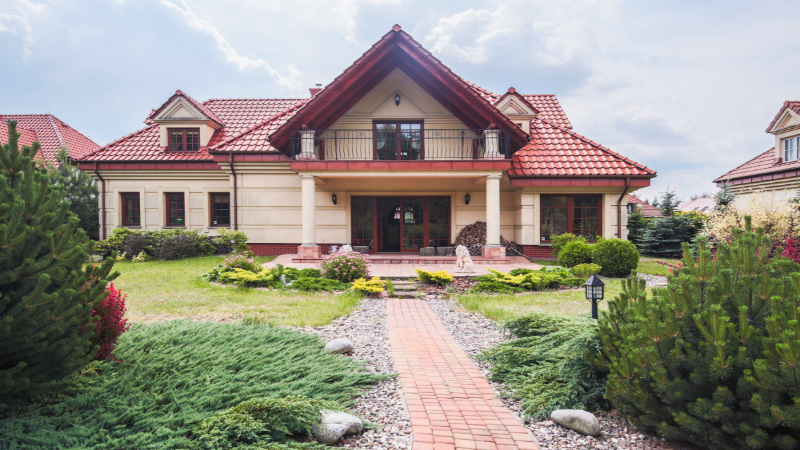Hudson Rail Yards had fallen into a state of disrepair since the mid-1950s. It was not until the 2000s that the Hudson Yards Project started to revitalize the area.
Hudson Yards, in cooperation with other developers, joined the Hudson Yards Project to creates a city within a city that is built on elevated platforms covering one of the largest railroad yards in the United States.
The Hudson Yards Project in Manhattan covers 28 acres along the Hudson River. The project is expected to be fully completed by 2024. When completed, the Hudson Yards Development and nearby buildings will feature 20 million square feet of office space, district residence, and retail outlets.
The total expenditure on this development project is 2.4 billion, which is a U.S. record for a single development.
There will be six skyscrapers with plenty of parks and public squares for visitors to enjoy along with a 92-story and 52-story office buildings.
A new tunnel, the Gateway Tunnel, will be added to ease congestion of trains. Eventually, this tunnel will connect Hudson Yards to Penn Station or even New Jersey.
The challenges with building Hudson Yards are endless. Everything from financing to the logistics of building tall buildings where they were not meant to be built to figuring out where to vent the steam from the trains has caused engineers to become creative with their problem-solving strategies. Engineers eventually tackled each problem and came up with viable solutions keep with the heart and soul of the Hudson Yards Project.
Even with all these challenges, the $1.5 billion budget is a great deal. However, Hudson Yards is no longer the barren field of broken dreams and failures. Mayor Michael Bloomberg pushed for the Hudson Yards Project. Once the project is completed, the area can be enjoyed by thousands of visitors.
Follow Hudson Yards on Twitter for latest updates!







